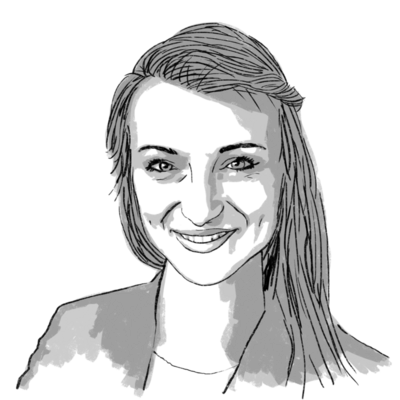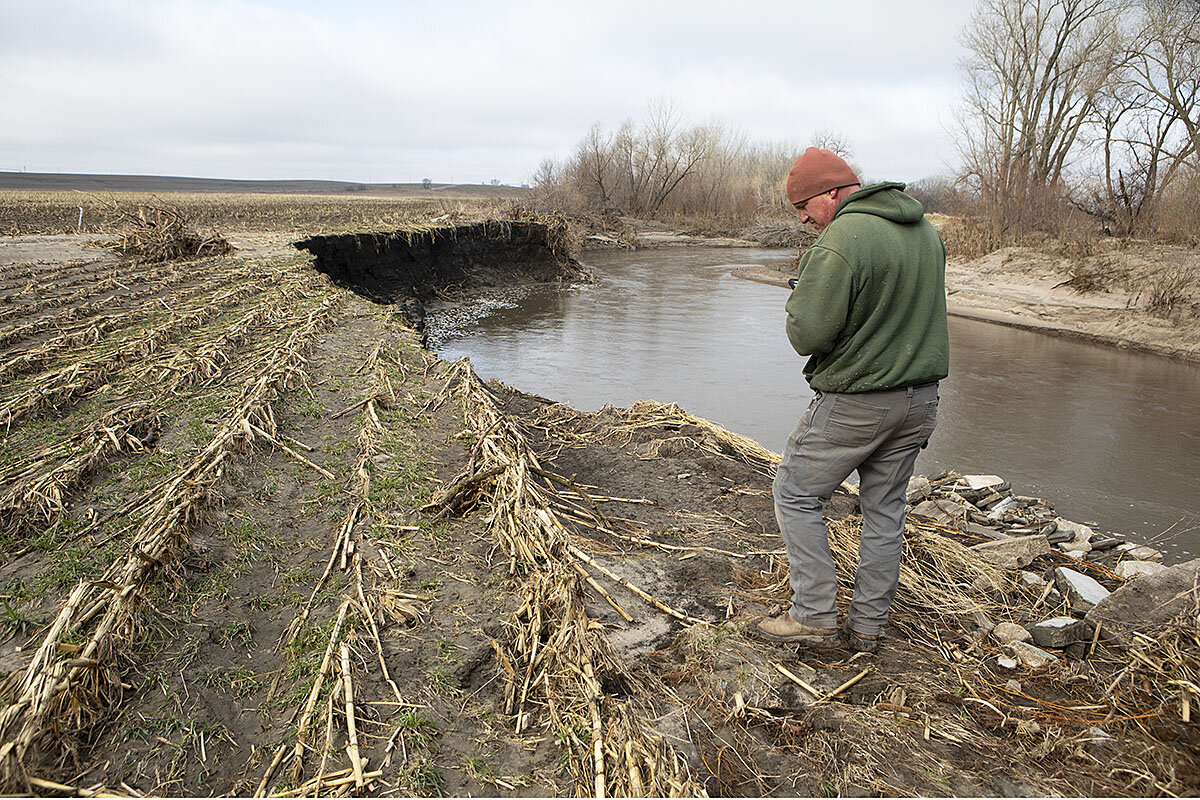The Notre Dame fire represents a major cultural loss for Paris. But communities around the world, from Warsaw to New York, offer evidence that recovery is possible.
Monitor Daily Podcast
- Follow us:
- Apple Podcasts
- Spotify
- RSS Feed
- Download
 Eva Botkin-Kowacki
Eva Botkin-Kowacki
When Bea Johnson’s family of four moved most of their possessions into a storage unit in 2006, they thought their foray into living with just the bare necessities would be temporary. But the year of downsized living changed the family’s perspective on stuff – and prompted them to develop a zero waste lifestyle.
“Twelve years ago, if I had heard about a zero waste family, I would’ve thought ‘this is just for hippies.’ But no,” says Ms. Johnson. The lifestyle hasn’t cramped the fashionista’s style.
Today, the household produces just a pint-sized jar of trash in a year. What goes in the jar, you ask? “Right now in the jar we have a piece of duct tape that was stuck to someone’s shoe when they came in,” Ms. Johnson says. Also destined for the jar: her husband’s contact lenses.
The Johnsons’ story has become something of a guidepost for environmentally minded households through Ms. Johnson’s blog and bestselling book, “Zero Waste Home.”
“My job is not to tell people how to live their lives,” she told me in a recent interview, “but rather to show them that it is possible to live without trash … and you can actually live better in doing so.”
Ms. Johnson’s journey is rooted in a sense of environmental stewardship. But, she says, living simply has yielded unexpected personal benefits, too.
“We’ve discovered a life that is based on being instead of having. And that, to us, is what makes life richer.”
Now to our five stories for today. We’ll look at how communities cope with the loss of a cultural icon, why a university has become a beacon of hope for young Kurds in northern Syria, and another approach to waste reduction: packaging-free grocery stores.










